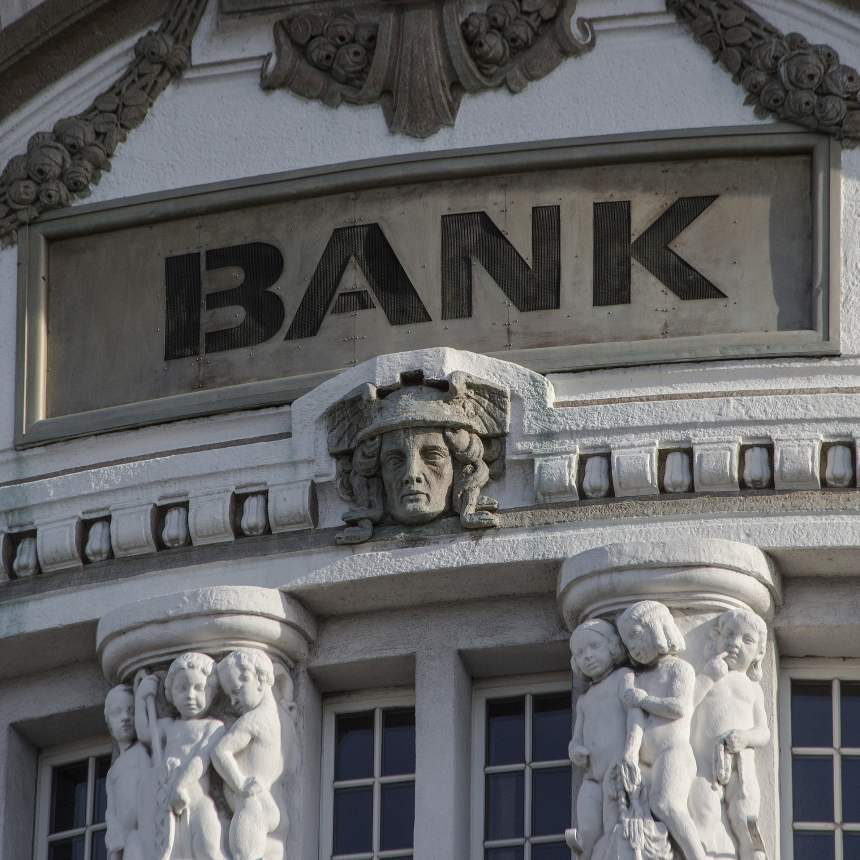Reason to trust

How Our News is Made
Strict editorial policy that focuses on accuracy, relevance, and impartiality
Ad discliamer
Morbi pretium leo et nisl aliquam mollis. Quisque arcu lorem, ultricies quis pellentesque nec, ullamcorper eu odio.
The cryptocurrency industry has evolved gradually over time, giving rise to a whole new industry segment, better known as DeFi – short for Decentralized Finance. With the implementation of smart contracts on a decentralized ledger, the crypto industry has successfully created an alternative to the traditional financial sector. Even though DeFi platforms are not going to replace their traditional counterparts anytime soon, they offer plenty of advantages over them.
The traditional banking system operates within the boundaries of a complicated regulatory and management structure. The involvement of many big investors, middlemen, and high operations costs has turned banking into an expensive affair. Meanwhile, DeFi solutions are community-led initiatives where anyone can participate in the ecosystem as depositors, investors, and borrowers while at the same time having a say in the governance of the ecosystem. By democratizing banking, the DeFi revolution has drastically reduced the cost of banking, eliminated intermediaries, and made access to credit a lot easier without any red tape.
DeFi Loans – Quick and Convenient Credit
Credit is one of the underlying features of any financial institution, which also makes it hard to get in a conservative setting as the borrower will have to prove their creditworthiness and provide physical assets or securities as collateral. However, that is not the case with DeFi lending. Anyone can enter the platform, deposit adequate collateral in the form of crypto assets and secure a loan against it in no time. The entire process is handled by a smart contract, and as long as the collateral offered covers the loan amount, the funds (mostly stablecoins) are released to the borrower’s wallet.
While the process is much faster and a lot easier than securing loans from financial institutions, most of the DeFi platforms insist on the borrower depositing collateral valued at least twice the loan amount. On few platforms, the collateral ratio can go as high as 750% of the loan amount. While these measures are implemented in good faith to ensure the interests of lending pool investors are protected, they may prove to be a detrimental factor in providing credit access at grassroots levels.
The Birth of Undercollateralized Secure Loans
By reducing the collateral requirement for crypto loans, Lendefi – a second-generation DeFi platform aims to achieve universal accessibility of financial services. The project has introduced an undercollateralized secure lending option where borrowers can choose crypto assets to invest in by securing a loan from the Lendefi platform.
On Lendefi, the liquidity to issue loans is provided by community members acting as lenders. They transfer the funds to a lending smart contract, which also acts as a recipient of collateral from the borrower. Once the collateral is deposited, the borrower will be able to invest in any of the many listed crypto assets on the Lendefi platform with funds available on the loan contract. The capital available for the borrower to invest will include the equivalent value of their collateral and the liquidity provided by the lender.
Allowing the borrower to invest in any of the supported crypto assets through the smart contract will enable it to secure the borrowed funds until they decide to sell the assets they invested in. At the time of liquidation, the lender will automatically receive the principal and a variable interest while the rest becomes available to the borrower.
By proving the viability of issuing undercollateralized secure loans on a decentralized platform, Lendefi has opened doors for wider application of DeFi. It creates a win-win situation for both lenders and borrowers while ensuring minimal burden on all parties.
Image by Qube's Pictures from Pixabay


















